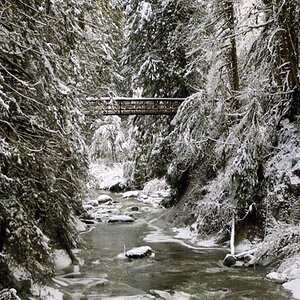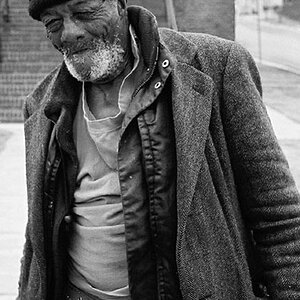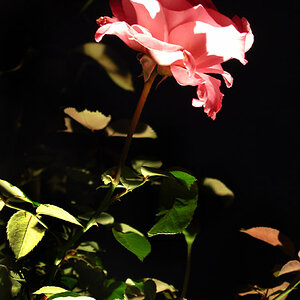unpopular
Been spending a lot of time on here!
and this energy can be measured in watt/time.
I know you know this - it's watts times time, not watts divided by time.
yeah. I just didn't want to say watt/second because I didn't want to limit what I was saying to one second. When we're talking about exposure end of the equation, time is the variable and the wattage is the constant.
The "/" represents "per" not "divided by".



![[No title]](/data/xfmg/thumbnail/30/30866-bdfc426e8ee7e6ad63f6d751c5f288f0.jpg?1619734485)




![[No title]](/data/xfmg/thumbnail/38/38294-cb4a5aa0ded725d4c694e6eebe276f0d.jpg?1619738564)



![[No title]](/data/xfmg/thumbnail/32/32635-be18e952e67667cbb1525b4b057b6423.jpg?1619735554)
![[No title]](/data/xfmg/thumbnail/32/32639-1358bee897449f9a4a38676097b475d5.jpg?1619735555)